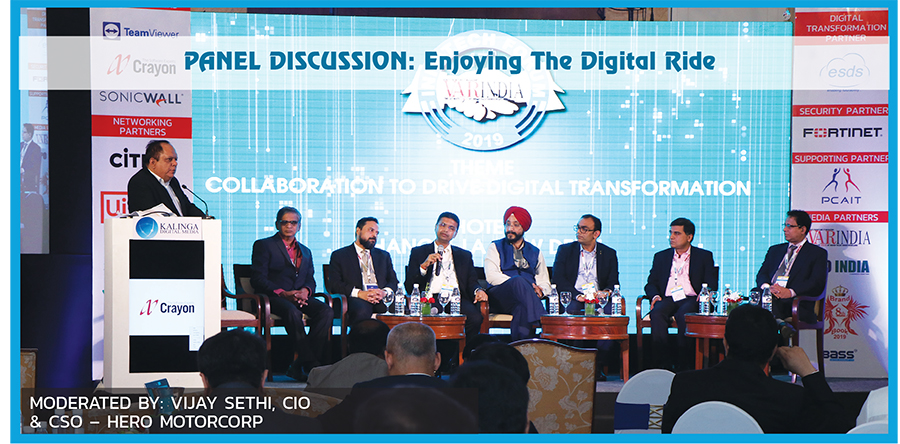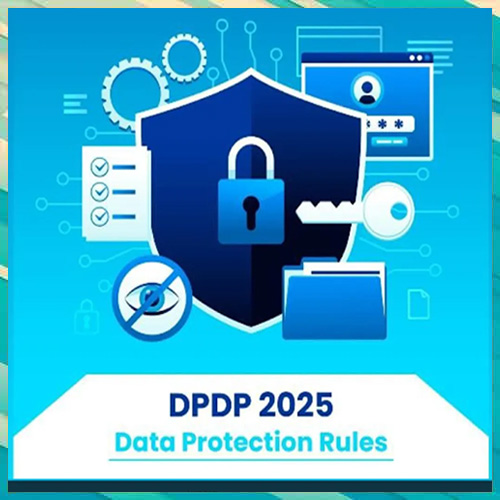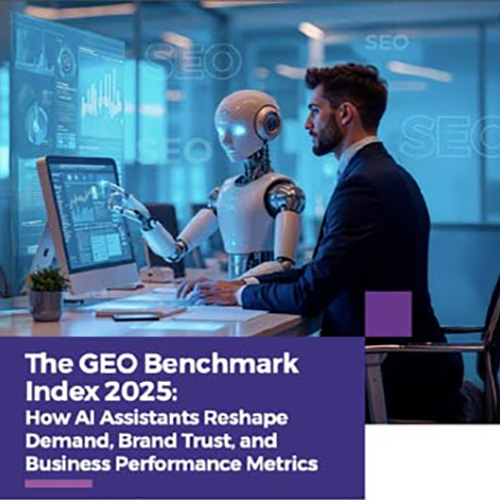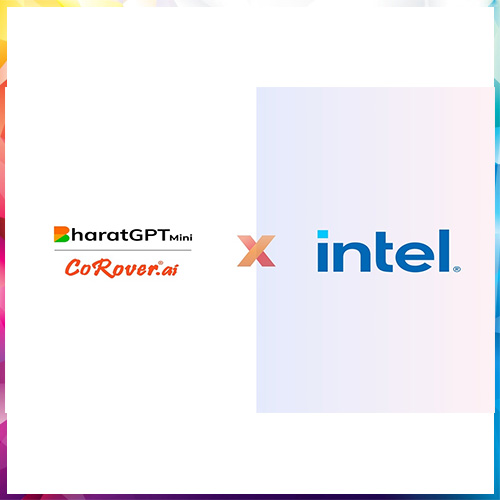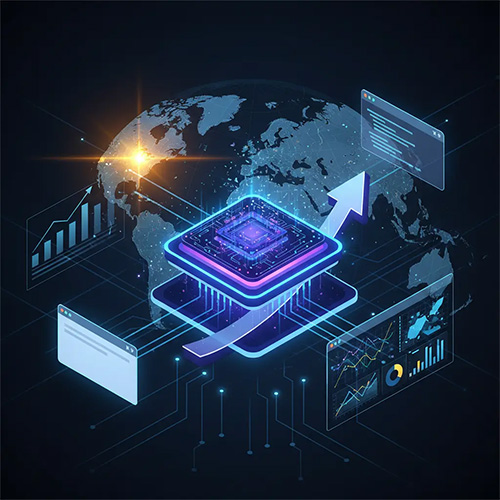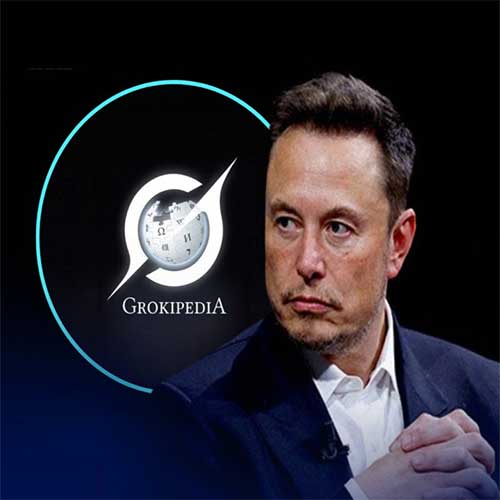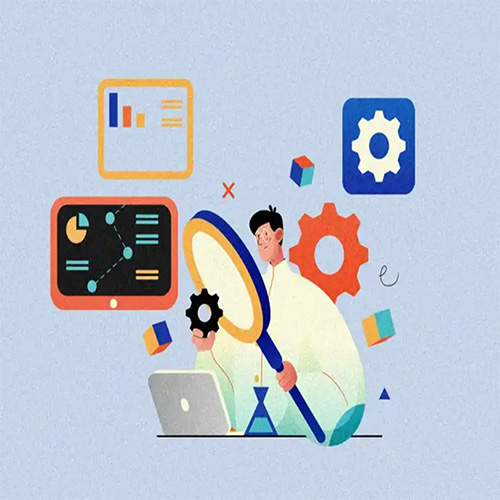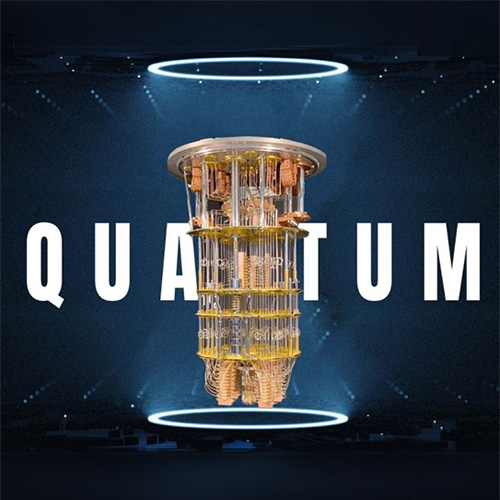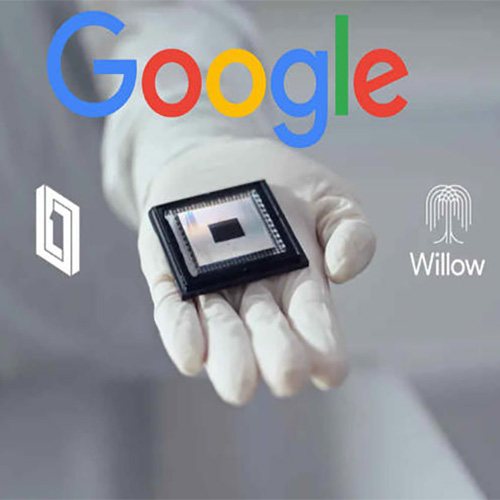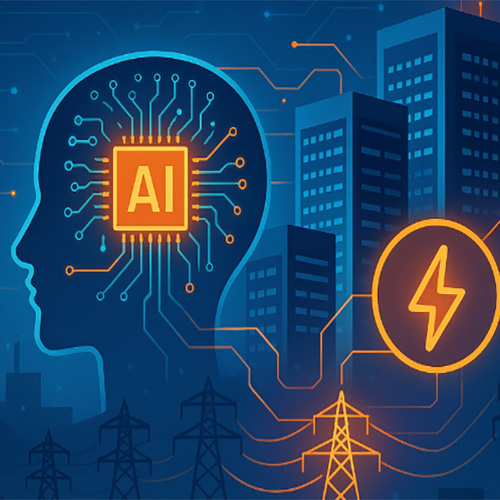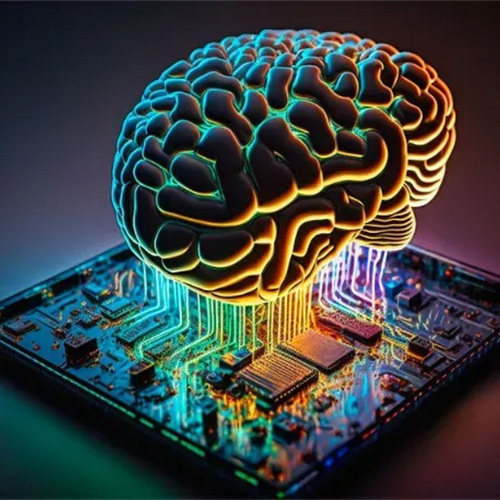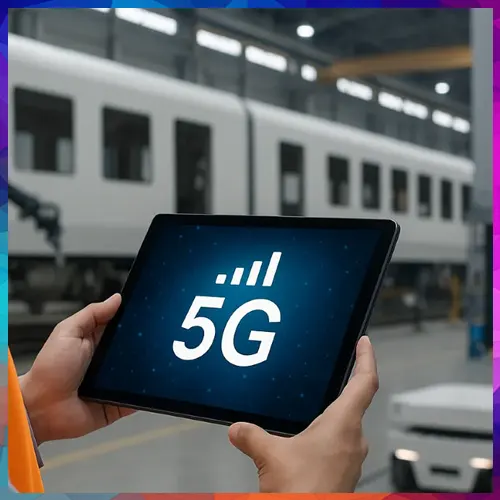Digital transformation and disruptive trends to drive the future: 17th VARINDIA INFOTECH FORUM
2019-07-01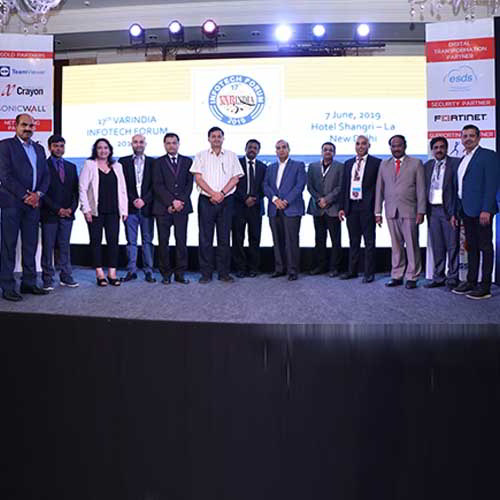
(From L to R): Jayantha Prabhu, Group CIO - ESSAR; Kunwarsingh R Singhel, Dy. Director Maharashtra Judicial Academy; S Mohini Ratna, Editor-VARINDIA; Bharat B Anand, CIO - NATGRID; Dr. Herald Dcosta, Director- Intelligent Quotient Security; S.N Tripathi, Secretary-Ministry of Parliamentary Affairs- Govt. Of India; Dr. Deepak Kumar Sahu, Publisher & Chief Editor, VARINDIA and Group of Publications; Dr. Vipin Tyagi, ED, C-DOT; Dr Rajeev Papneja, Chief Growth Officer - ESDS Software; Kamal Dhamija, Cyber Security Officer - Apollo Tyres; Sudharkar V Yarigadda, Joint Director, Maharashtra Judicial Academy; Dr. S K Meher, CIO – AIIMS; and R P Rath, CIO - Quatrro Global Services
Digital is changing the world. Both digitization and digitalization is impacting organizations in a way that today no discussion is complete in the technology world without these two buzzwords. Digital technology is emerging as a great enabler to pave the way for efficient service delivery, governance and improved access to financial inclusion, education, justice and healthcare. On this backdrop, the 17th VARINDIA INFOTECH FORUM 2019 took place that set a new benchmark for an insightful discussion on digital transformation and disruptive trendsthat would drive the future.
Having entered its 17th year, the Infotech Forum assembledtogether the who’s who of the ICT industry, IT consultants and senior government officials and PSUs and setting up a platform for a day-long event consisting of power-packed sessions of technical presentations, panel discussions and discourses on issues impacting the technology landscape and, most importantly business networking. The theme of the 17th INFOTECH FORUM was Collaboration to Drive Digital Transformation.
The eminent dignitaries whose presence raised the bar of the event include Jayantha Prabhu, Group CIO – ESSAR; Kunwarsingh R Singhel, Dy. Director Maharashtra Judicial Academy;S Mohini Ratna, Editor-VARINDIA; Bharat B Anand, CIO- NATGRID; Dr. Herald Dcosta, Director- Intelligent Quotient Security; S.N Tripathi, Secretary-Ministry of Parliamentary Affairs- Govt. Of India; Dr. Deepak Kumar Sahu, Publisher & Chief Editor, VARINDIA and Group of Publications; Dr. Vipin Tyagi, ED, C-DOT; Dr Rajeev Papneja, Chief Growth Officer - ESDS Software; and Sudharkar V Yarigadda, Joint Director, Maharashtra Judicial Academy.
Talking about the day’s theme “Collaboration to drive digital transformation”, S Mohini Ratna, Editor - VARINDIA said that digital transformation is about a change in thought and organization’s culture and that high-performing companies deliver better experiences with greater security. “The role of Chief Information Officers (CIO) is getting wider and they are working as the Chief Involvement officer, working closely with the CEOs. With the fast changing technology, CIOs and CMOs work closely together, with other C-level executives who tend to outperform competitors.As businesses derive more and more revenue from digital capabilities and service offerings, it becomes crucial for them to start on the path to secure customer data - and achieve true digital transformation - without dampening innovation.”
She further added that social media has matured as a channel for digital communication, and includes a multitude of platforms that cybercriminals find very useful. “By 2019, it is expected that their activities will spread to others mediums including Instagram, Snapchat, WhatsApp and Telegram – a messaging app with a bot feature that has proven especially appealing to cybercriminals,” she said.
Speaking on the topic Digital transformation and innovation, Dr. Deepak Kumar Sahu, Publisher & Chief Editor, VARINDIA and Group of Publications said that both digital transformation & innovation has become imperative for all businesses whether small, medium or large. “However, change is the only thing that is constant. Enterprises should be able to deliver customised applications at the speed of ideas. Our survey from 300 CIO’s in India says, about 75% of organisations said, their organisation is already undergoing digital transformation. That’s the way to stay ahead in competition in today's world. Secondly, lowering operational costs and enhancing customer experience is the core of digital transformation. The main issue is lack of security awareness among employees that proves to be a serious risk as businesses transform and embrace opportunities provided by the Internet of Things (IoT),” he said.
The first speaker of the Forum, Chandra Mouli, Chief Information & Technology Officer – Sankara Nethralayaspoke on how the hospital industry has undergone a technological disruption in terms of what used to happen earlier and what it is now when it comes to patient care.
S N Tripathi, Secretary, Parliament Affairs - Govt. of Indiabegan his speech with a simple statement – ‘To be bold and wise you must be young and stupid’ and explained how with the evolving technology it has become equally important to look at the security aspect.
Krunal Patel, Sales Head India &South Asia – TeamViewergave his presentation on how digitization has emerged as an important topic and TeamViewer as a company is adding value to it. “As a CIO/CTO, it becomes a challenge to balance between these two groups. We are seeing more and more people adopting TeamViewer solutions in large enterprises; this is because it helps you give a very manageable application while also giving the power of internet to be used for doing remote support, both in good and bad bandwidth areas,” he said.
Rajesh Thadani – Director, Sales & Service – Crayon Software Experts Indiaspoke in length about the collaborative world while also hinting at the fact that in coming times collaboration will be seen on a different tangent altogether.“Our mission is to support our customers, and optimize their RoIs from complex technologies. We work very closely with them for software economics, cloud, and volume licensing,” he said.
Jayantha Prabhu, Group CIO – ESSARin his presentation said that world today is in an interesting time as Technology is changing very fast.“We hear about a new technology every six months. The role of the CIO is to adopt to these new technology that they deem fit for their organization and convince business users to implement that,” he said.
Dr Rajeev Papneja, Chief Growth Officer – ESDS Softwarethrough his presentation before the audience tried to give a better definition of what digital transformation is all about.“Digital transformation is challenging the status quo. We are stuck between Yes/No/May be and we have to challenge it. Once we have challenged it, that will give us the answer and this is what digital transformation is all about,” he remarked.
The first panel discussion for the day was on the theme – Enjoying Digital Ride. The session was moderated by Vijay Sethi, CIO & CSO – Hero MotorCorp.
The panelists who joined the session to discuss on the topic were – Joyjit Roy Ghatak Choudhury, Director – IT & Knowledge Management, SRM University; Subroto Panda, CIO – Anand and Anand; Bibek Maity, CIO - Lux Industries Limited; Upkar Singh, Director – IT, FIS Global; Sanjeev Sinha, President – IT & Digital Transformation, India Power Corporation Limited; Alok Mani, CEO & Founder – RPA Tech and Chandra Mouli, Chief Information & Technology Officer – Sankara Nethralaya.
The second panel discussion of the 17th edition of the Infotech Forum was around the topic - Emerging Technologies Bringing Newer Opportunities. The session was moderated by Dinesh Kumar, Group CIO – Wave Group. The panelists who joined the session to discuss on the topic were – Rajesh Narang, CTO – GeM; Arijit Dasgupta, CIO – Rupa & Co; Dr. S K Meher, CIO – AIIMS; Sanjay Chowdhry, CIO – Hamdard Laboratories; Avnesh Vats, IT Head – EESL; S P Arya, Director – BizTech Advisor; Syed Kadam Murshed, VP – IT, Future Oncology Hospital and Rahul Arora, Regional Business Manager – SonicWall.
The most awaited part of the event was however the unveiling of the 8th edition of the VARINDIA Brand Book on the Indian ICT Industry that speaks about the present ICT Industry in India and encapsulates the Think Tanks of India, the Indian market Scenario, Eminent CIOs of India, Made in India Brands and many more.
The event also witnessed the recognition of 112 Eminent CIOs of India, India’s Top 25 Trusted Brands along with Top 50 Most Admired ICT Brands of the country.
Unveiling of the 8th Edition of the Brand Book

The Brand Book summarizes an array of useful and interesting information one would require on a regular basis and has been designed with a unique navigation system that allows one to search by company name and product category.
The unveiling of the Brand Book was done in the presence of S Mohini Ratna, Editor-VARINDIA; Dr. Herald Dcosta, Director- Intelligent Quotient Security; Sudharkar V Yarigadda, Joint Director, Maharashtra Judicial Academy; S.N Tripathi, Secretary-Ministry of Parliamentary Affairs- Govt. Of India; Dr. Vipin Tyagi, ED, C-DOT; Dr. Deepak Kumar Sahu, Publisher & Chief Editor, VARINDIA and Group of Publications; Bharat B Anand, CIO - NATGRID; Jayantha Prabhu, Group CIO – ESSAR; Avnesh Vats, IT Head – EESL; and Dr. S K Meher, CIO – AIIMS.
PANEL DISCUSSION: Enjoying The Digital Ride
moderated by: Vijay Sethi, CIO & CSO – Hero MotorCorp
(From L to R): Vijay Sethi, CIO & CSO – Hero MotorCorp; Chandra Mouli, Chief Information & Technology Officer – Sankara Nethralaya; Alok Mani, CEO & Founder – RPA Tech; Sanjeev Sinha, President – IT & Digital Transformation, India Power Corporation Limited; Upkar Singh, Director – IT, FIS Global; Bibek Maity, CIO - Lux Industries Limited; Subroto Panda, CIO – Anand and Anand; and Joyjit Roy Ghatak Choudhury, Director – IT & Knowledge Management, SRM University
The first panel spoke about how digital transformation as integration of digital technologies into all areas of business has transformed industries such as media, transportation, and retail and is now sweeping through financial institutions. The panelists also cited one of their successful digital projects that managed to transform their organization that also optimized cost, time and customer delivery.
Vijay Sethi, CIO & CSO – Hero MotorCorp who moderated the discussion opened the stage by stating that there are a lot of diverse digital projects undertaken by CIOs today, irrespective of the industry that they are in. “The CIO or his IT team is not taking up this project for himself but it is being done for the business. So it has to be a joint ownership, whether it is 80%, or 40%; the numbers can be debated for the organization. It can be either way – IT can lead a project whereas business can support it or vice versa. So there is nothing right or wrong about it. But the key thing is at the end of the day any digital transformation that we are putting up has to give business benefits. Because it is the business that pays for it and has to take advantage for it. Do not just adopt a technology just because everyone is doing it, but take it into consideration only after doing a cost analysis and after reviewing how it can benefit your business.”
Joyjit Roy Ghatak Choudhury, Director – IT & Knowledge Management, SRM University said,“Coming from an educational background, the one digital project that we look forward to is the classroom technology through which we can give the teachers more edge for their lectures to be captured and transmitted to the students and keep it in a repository for future usage. These lectures can be reviewed later till the time exams happen. The teachers can find the lacunae on their delivery part while reviewing these lectures. It is beneficial for both students and teachers. For any digital project to be successful, it is important to identify the topmost issue and convert it into a reality.”
Subroto Panda, CIO – Anand and Anand said,“I come from the legal industry and with the new government coming in the number of examiners in the patent & trademark industry increased to 800. So to clear the backlog of almost 9 years, we developed a simple solution for a complex problem which helped our organization save 1 million dollar. The database was based on SQL with a little bit of algorithm open source was embedded in the application. Earlier one patent application used to take six hours for a patent engineer to resubmit it but with this tool it could be done in 10 minutes. We had an IT team that handled the whole project effectively. It was time saving as well. It was a clear picture of digital transformation here, because if you see the adoptability of digitization in the legal industry, it is quite difficult. It happens only when there is an external thrust.”
Bibek Maity, CIO - Lux Industries Limited said, “I have been working in the manufacturing industry for last 20 years. My first digital project here was a SAP HANA implementation. We have implemented in 54 locations in five legal entities within four months for four modules. Previously many systems were being used manually in different places but with SAP we shifted to a centralised common system for business improvement process, manpower handling, stockholder management and total financial control. We worked with E&Y for this project.”
Upkar Singh, Director – IT, FIS Global said, “Being an IT/ITeS company, in our journey to an agile methodology recently we have fully automated our testing.The impact was that the error found later by the manual testers can now be caught by developers by doing a unique testing of their coding. The delivery to the end customer is errorless, the time to market is faster and this has really given us an edge. Before taking up any project, I ensure to take one pain area of my business function, concentrate on it and deliver so that others can follow it.”
Sanjeev Sinha, President – IT & Digital Transformation, India Power Corporation Limited said, “Being from the utility industry, we faced many problems. But one most critical thing that has made a significant difference is in the distribution area. We have power coming into the sub-stations, from where they go into transformers and thereafter they go to various users, both commercial and low-end users. This grid has a lot of load and the critical infrastructure is on the distribution transformer level. If there is an outrage here, the power to the users goes down. These have been manually maintained hitherto. So under digital transformation, we started with IoT and installed them in these transformers. So this data is getting transformed to the cloud every five minutes and we have a dashboard which we make it available to engineers where they can see the various KPIs of the distribution transformers. They need not be physically present there like they previously used to do.”
Alok Mani, CEO & Founder – RPA Tech said, “I recall one implementation I had done in the healthcare field. When you go for care in hospital and if you have a cashless or any kind of insurance, then you get a sanction of certain amount for that care. That amount may not be accurate and is based on certain assumptions. Later when you are discharged, then the insurance company disburse that amount and this whole thing happens over email. This becomes difficult for the hospital and the patient to track. What we did with one of the hospital chain is we implemented robots that can read the emails, and figure out how much has been approved and paid. This is put into the financial system of the hospital and the booking of the cash becomes faster.”
PANEL DISCUSSION: Emerging Technologies Bringing Newer Opportunities
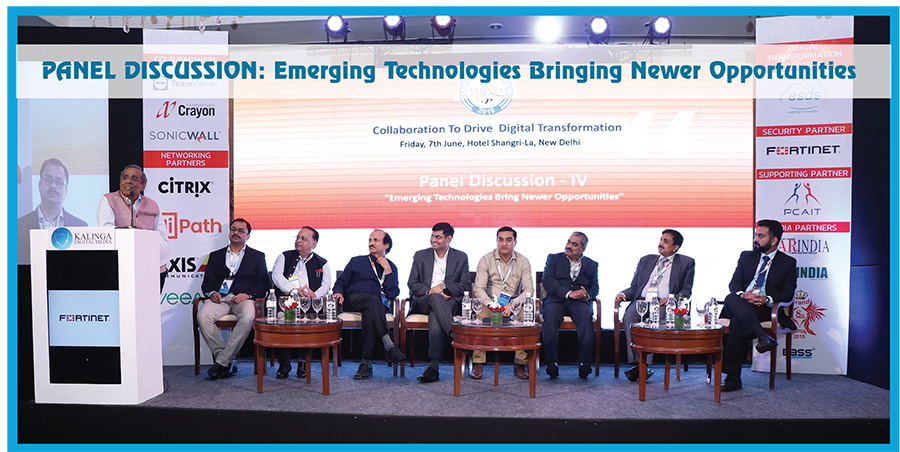
(From L to R): Dinesh Kumar, Group CIO – Wave Group; Syed Kadam Murshed, VP – IT, Future Oncology Hospital; S.P. Arya, Director - BizTek Advisors; Rajesh Narang, CTO – GeM; Avnesh Vats, IT Head – EESL; Sanjay Chowdhry, CIO – Hamdard Laboratories; Arijit Dasgupta, CIO – Rupa & Co; Dr. S K Meher, CIO – AIIMS; and Rahul Arora, Regional Business Manager – SonicWall
The second panel discussed on the topic of how emerging technologies today cover new and potentially powerful technologies that help organizations achieve business excellence through technology enablement, while also covering how these technologies help and build a business.
Dinesh Kumar, Group CIO – Wave Group who moderated the second panel said that he feelsthat making the public aware of issues is very important. “Because you can put security for your on applications but what will happen if there is a fraud. The more we continue implementing technology, the more security we will have to strive for. Similarly if we think blockchain as the panacea, then it is certainly not because we have come to know that even crypto currency uses that. As a CIO, I would just say one thing – evaluate technologies, learn about technologies even if you are not implementing it.”
Avnesh Vats, IT Head – EESL said, “New emerging technologies definitely have an edge on today’s market. In most of the companies, there are two type of IT – one is the traditional IP and the other is the one you should look into that is new in the market. If you see two years back we had implemented IoT based street lighting with centralised control & monitoring system in various states. We then felt what would be the outcome or challenge but we then realized that it has given a lot of benefit to the states where they have been implemented. In states like Andhra Pradesh, Gujarat, Telangana, there is a centralised IoT dashboard and my team monitors it and then give a report to the call centre to rectify any problem.”
Rajesh Narang, CTO – GeM said, “GeM came into the picture only two and a half years ago, but it has transformed the way eCommerce is done. In my view there are a few things that we need to consider – we have to change the existing processes and make them lean & slim. But now new age technologies have come and above that state-of-the-art architectures have also come. Micro services architecture is one of them and we are using that at GeM. Because of this we have used DevOps as the engineering methodology and is different from monolithic architecture which we have been using. In this architecture, productivity can go up three times, as per my experience.”
S.P. Arya, Director - BizTek Advisors said, “I have seen many transformations happening in the IT field. I feel that the new and emerging technologies that one is using should be reviewed of whether it has been used to its fullest capacity or not. Generally it happens that we deploy so many technologies and then we miss out on so many threats; we simply implement and keep them running. But we are not using its complete potential. Under such circumstances, newer technologies will always be a challenge.”
Syed Kadam Murshed, VP – IT, Future Oncology Hospital said, “I have been in the healthcare industry for 7-8 years. Emerging technologies is an ongoing process and the list goes never ending. With time, new technologies are being added while some older names are wiped out from the list. My take is you should handle innovation very delicately mixed with business operations and best practices to actually gain success. There is no stop to innovation and we can take small steps to move forward. For instance, I worked in a hospital where I had implemented digital wrist band for the patients. We implemented it to reduce costs though barcodes. But it did not take off because there are dark areas in the hospital. We then used near field communication and the wrist bands were made NFC enabled.”
Arijit Dasgupta, CIO – Rupa & Co said, “Business processes have always been there and owners are identifying the technologies that are helping them while we CIOs are integrating the processes with technologies. Business processes need to be analysed and measured prior to deployment. If you happen to do it without analysing, you are only taking a specific problem into the future without it getting addressed. The actual advantage comes from improving the processes and any company irrespective of industry has a scope for improvement. As long as data is increasing, there is going to be the need for innovations and also security. Frequent assessment is the key piece.”
Dr. S K Meher, CIO – AIIMS said,“We do business process reengineering every five years. When the technology changes, we automatically change. At the moment we are looking for the next three years to get the new HIS which is developed with open source. The technology what we will be using is MongoDB and Python with AI based. We have already started with it since we have to meet the current technology demand. Our first objective is to reduce the time and my observation is that when the paper system was there, 80% of the doctor’s time was wasted on searching for a paper or the information. Today that time has reduced down and in coming years that time will get reduced further.”
Sanjay Chowdhry, CIO – Hamdard Laboratories said, “Whatever technology gets invested in or implemented a company should benefit and improve the business outcome. Business processes should be reduced rather than delaying it further. The turnaround time for single processes should be reduced. The manual intervention should also be reduced as it will also reduce the number of mistakes. I am foreseeing to implement RPA (Robotic process automation) next year in my organization. Take the example of finance, where it becomes a repetitive job for 2-3 people are tasked with the work of receiving money from different vendors, we as a CIO should look into improving the work efficiency and increasing productivity. Technology and the need, both are inter-related. The technology will come first and then the need will comes to raise the bar.”
Rahul Arora, Regional Business Manager – SonicWall said, “There are two critical components while trying to adopt any emerging technologies - one is what you want to address and when that is clear only then you can derive a solution. The second is whatever we evaluate today, there should be a clear visibility of a measurable matrix in the environment that you are trying to transform. Technology and its need drive one another; we cannot comment on what will outface the other. When we are looking at the threat landscape and the technology advancements that is happening a lot of money will continue to go into R&D. Otherwise it is a chicken & egg story and it will continue like that.”

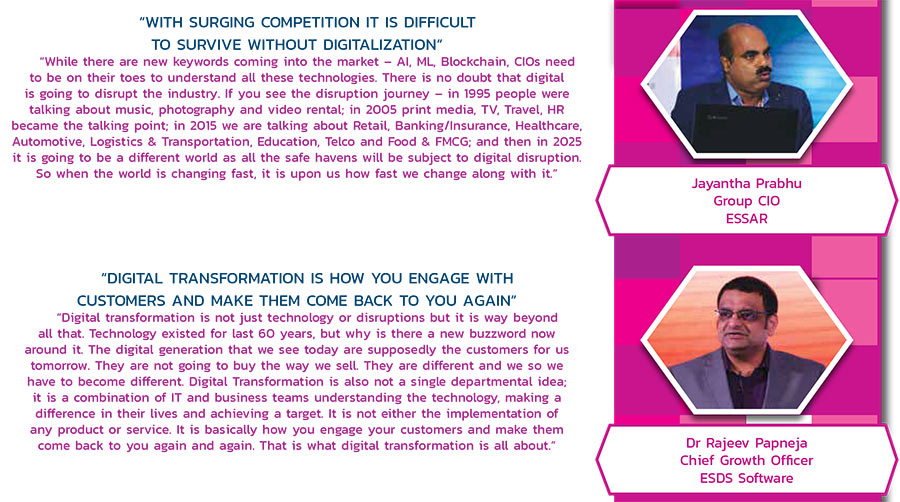
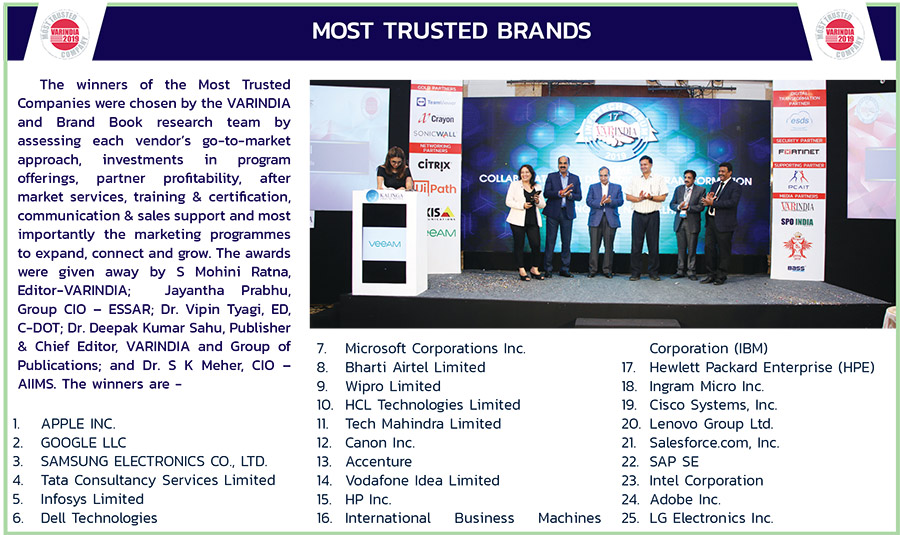


See What’s Next in Tech With the Fast Forward Newsletter
Tweets From @varindiamag
Nothing to see here - yet
When they Tweet, their Tweets will show up here.




